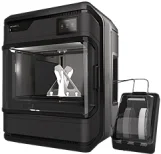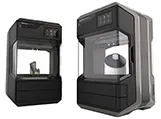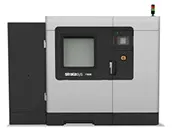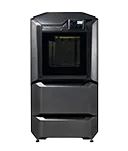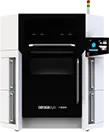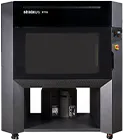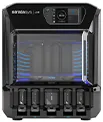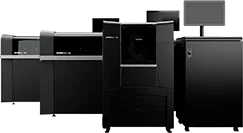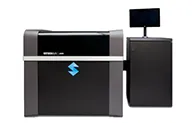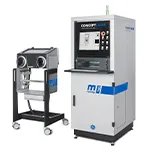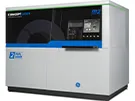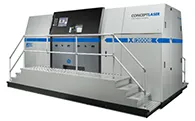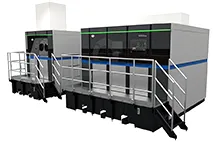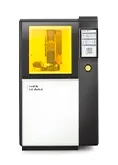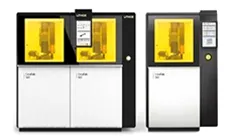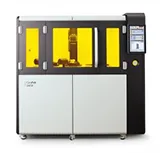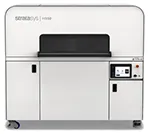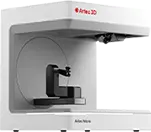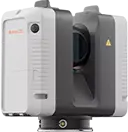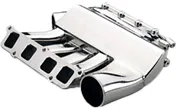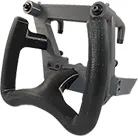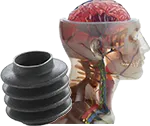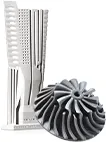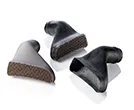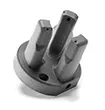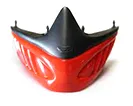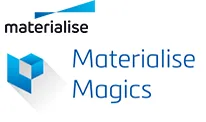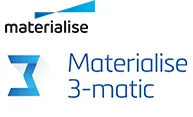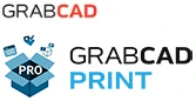The automotive industry has long been characterised by a relentless drive for innovation, with manufacturers constantly seeking new technologies and processes to enhance the efficiency, performance, and aesthetics of their vehicles. One technology making waves in the automotive world is 3D printing, also known as additive manufacturing. With the potential to revolutionise vehicle design, production, and customisation, 3D printing is quickly gaining traction among automakers large and small.
In this article, we will examine the transformative role of 3D printing in the automotive industry and explore how the adoption of additive manufacturing can lead to improved vehicle design, enhanced production efficiency, and better overall performance. By recognising the immense potential of 3D printing technology in the automotive sector, manufacturers can position themselves at the forefront of innovation, enhancing their vehicles’ design, production processes, and overall performance.
If you are interested in harnessing the power of 3D printing technology to drive innovation and enhance efficiency in your automotive manufacturing processes, contact Objective3D today. Learn how our advanced solutions, expert guidance, and comprehensive support can help you capitalise on the benefits of additive manufacturing and build a stronger, more competitive presence in the automotive market.
1. Rapid Prototyping and Streamlined Production: Accelerating the Development of New Vehicle Components
One of the most significant advantages of 3D printing technology in the automotive industry is its ability to dramatically speed up the prototyping process. With 3D printing, designers and engineers can swiftly create functional prototypes of new vehicle components, significantly reducing lead times and associated costs.
The rapid prototyping capabilities enabled by 3D printing technology have several key benefits for the automotive sector:
Enhanced Design Flexibility: The ability to quickly print multiple iterations of prototypes allows designers and engineers to explore new design concepts and refine existing ones with ease.
Reduced Development Costs: With traditional prototyping methods, creating a new prototype can be time-consuming and costly. 3D printing drastically lowers these costs, allowing for more efficient use of resources during the design and development phase.
Streamlined Production: By enabling faster prototyping, 3D printing paves the way for more efficient production processes, as it allows for quicker validation and approval of final design concepts.
Overall, the adoption of 3D printing technology for rapid prototyping in the automotive industry can lead to significant improvements in design, production efficiency, and cost savings, providing valuable competitive advantages to automakers.
2. Customisation and Personalisation: Enabling Mass Customisation and Bespoke Vehicle Design
Another critical area where 3D printing can make a substantial impact in the automotive industry is in promoting mass customisation and individualised vehicle design. 3D printing enables manufacturers to produce bespoke components and unique features tailored to specific customer preferences efficiently and cost-effectively.
This approach to customisation and personalisation in the automotive sector provides several notable benefits:
Greater Customer Satisfaction: Offering tailored vehicle designs and customised features enhances customer engagement and satisfaction, providing a unique selling point for automakers.
Streamlined Inventory Management: With 3D printing, manufacturers can produce custom components on-demand, reducing the need for extensive inventories and lowering warehousing costs.
Enhanced Brand Perception: Offering customisation options can help to reinforce a brand’s image and prestige, attracting discerning customers who value individuality and uniqueness in their vehicles.
3. Lightweighting and Performance: Boosting Fuel Efficiency and Performance with 3D Printed Components
One of the most significant challenges facing the automotive industry today is the need to create lightweight vehicles capable of delivering improved fuel efficiency and reduced emissions. 3D printing technology offers a wealth of opportunities to assist in this quest by enabling the production of lightweight yet robust components.
The process of utilising 3D printing for lightweighting in the automotive industry can present several benefits:
Improved Fuel Efficiency and Reduced Emissions: By minimising vehicle weight, manufacturers can enhance fuel efficiency and decrease CO2 emissions, meeting stringent regulatory requirements and addressing sustainability concerns.
Enhanced Performance: Lightweight components can also contribute to improved vehicle performance, as reducing weight can lead to better acceleration, handling, and braking capabilities.
Materials Optimisation: With the ability to produce intricate, complex geometries using a wide variety of materials, 3D printing can assist in the development of optimised components designed to maximise strength and reduce weight.
4. Smart Integration and Collaborative Development: Fostering Greater Collaboration in the Automotive Industry
The broad adoption of 3D printing technology in the automotive sector has the potential to stimulate greater collaboration between manufacturers, suppliers, and designers. This collaborative approach can lead to more innovative design concepts, optimised production processes, and ultimately, more efficient and high-performing vehicles.
Some key aspects of smart integration and collaborative development facilitated by 3D printing technology in the automotive sector include:
Accelerated Design Review Processes: 3D printing enables the rapid production of functional prototypes for review, allowing designers, engineers, and suppliers to evaluate and refine design concepts more quickly and effectively.
Enhanced Communication and Collaboration: By utilising digital design files that can be shared and manipulated between different parties, 3D printing technology fosters real-time collaboration, allowing different stakeholders to work seamlessly together in creating optimised, innovative vehicle components.
Capitalising on the Opportunities Offered by 3D Printing in the Automotive Sector
The adoption of 3D printing technology in the automotive industry presents significant opportunities for growth, innovation, and enhanced efficiency in vehicle design and production. By harnessing the benefits of additive manufacturing, automakers can rapidly prototype new components, offer customised vehicle designs, develop lightweight, high-performance components, and foster greater collaboration within the industry.
For automotive manufacturers looking to embrace the vast potential offered by 3D printing technology, Objective3D provides the advanced solutions, expertise, and support needed to drive innovation and create a competitive advantage in today’s ever-evolving market. Contact us today to discover how our comprehensive range of 3D printing solutions can help you capitalise on the transformative power of additive manufacturing in the automotive industry!

